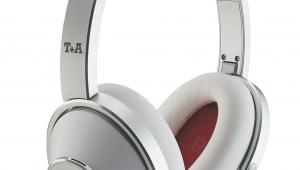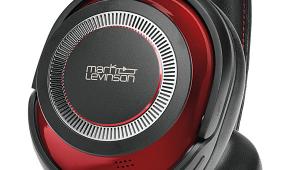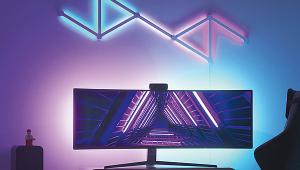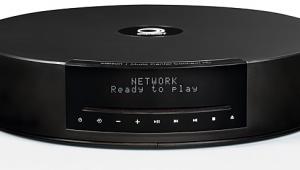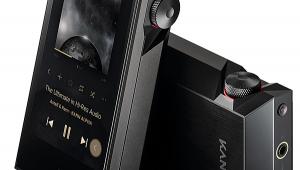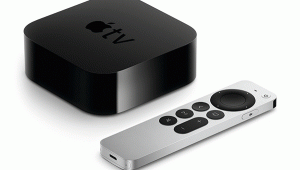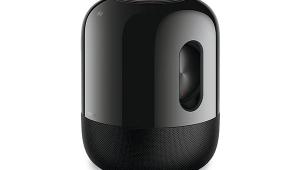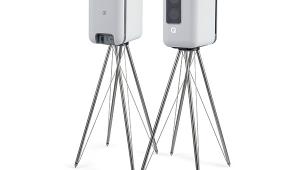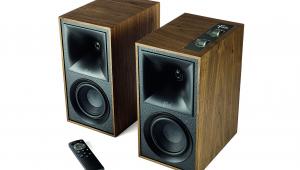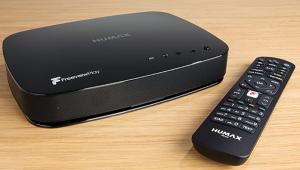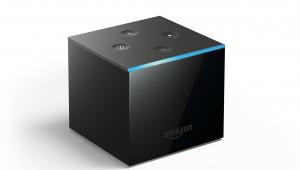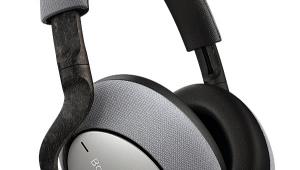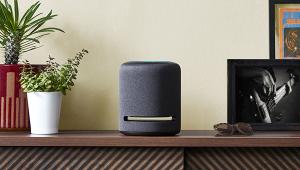DSpeaker Anti-Mode 8033 review

It’s a sad truth, but the average living room isn’t suited to sub-bass. Room modes (aka standing waves) can create havoc with the lower frequencies, and can contribute to a response that is often far from smooth. However, insert this useful device between the amp’s LFE output and your sub’s line-level input, calibrate the listening area with the supplied mic, and a series of test tones will allow the 8033 to analyse the response and apply correction, so that the overall LFE response is as flat as possible.
HighsIt works exceptionally well and makes those lower octaves firmer, smoother and better-defined. Reduces boominess, rendering explosive movie soundtracks cleaner.
The 8033 works across the 16Hz – 144Hz range. Inside the device, a battery of 24 anti-mode filters (with a resolution of 0.5dB) have been implemented in DSP. Despite such internal sophistication, it’s easy to install and use.
A bypass switch lets you switch the 8033 out of circuit, and judge the benefits of its processing for yourself. Two outputs are provided, one of which is out of phase with the other.
LowsWe would have liked the ability to download the original and corrected LFE response-curve data, via a USB port, so we can quantify the effects.
Phono sockets are partly recessed, making it difficult to fully insert some varieties of plug (such as the ones QED fits to its Qunex cables).
All of the processing (the signal is converted to digital and treated by DSP before going back to analogue) introduces a delay of milliseconds.
DSpeaker Anti-Mode 8033
Price: £220 Approx
Overall: 4/5
 |
Home Cinema Choice #351 is on sale now, featuring: Samsung S95D flagship OLED TV; Ascendo loudspeakers; Pioneer VSA-LX805 AV receiver; UST projector roundup; 2024’s summer movies; Conan 4K; and more
|



